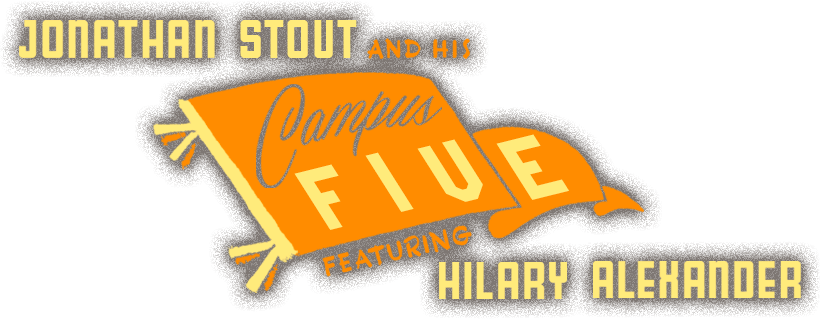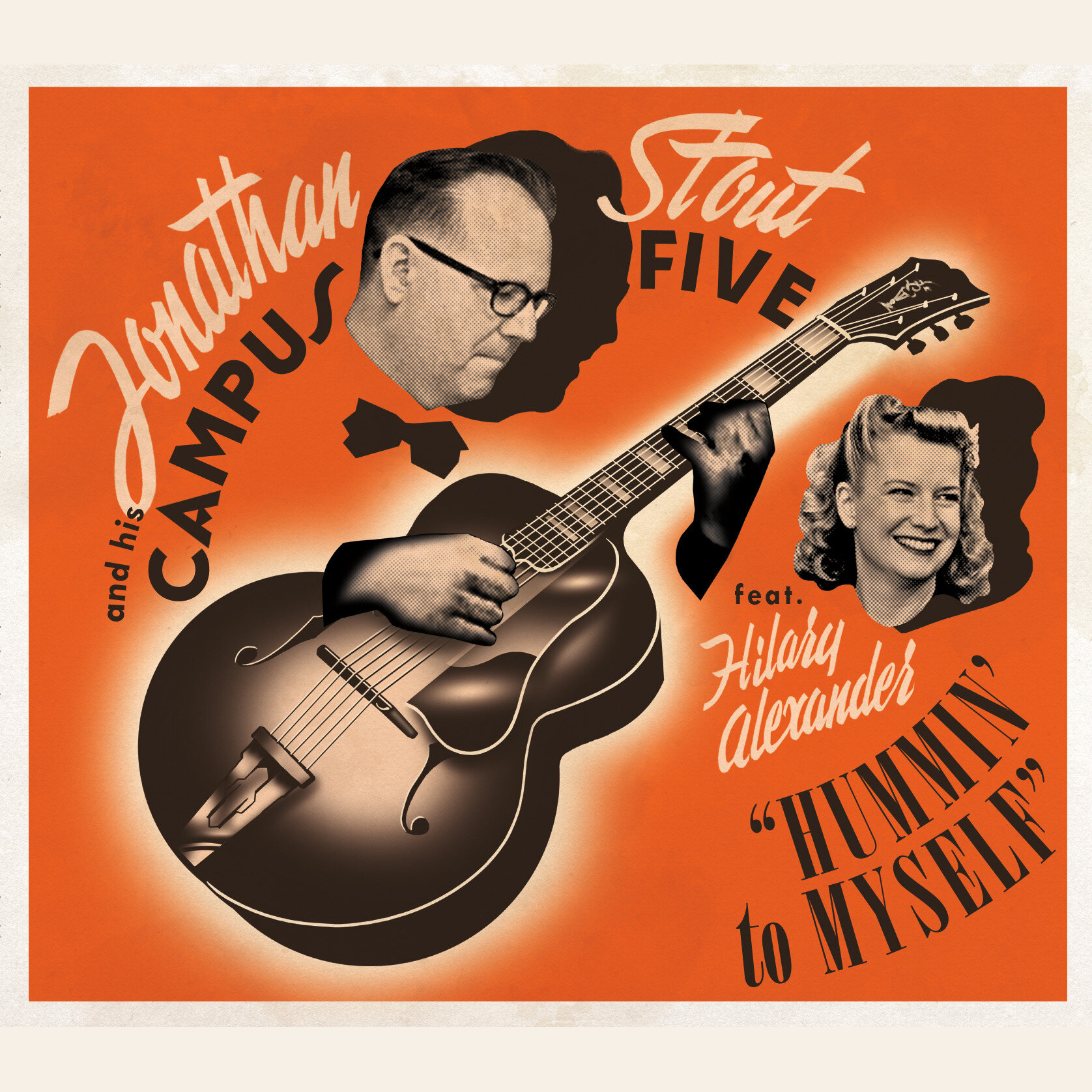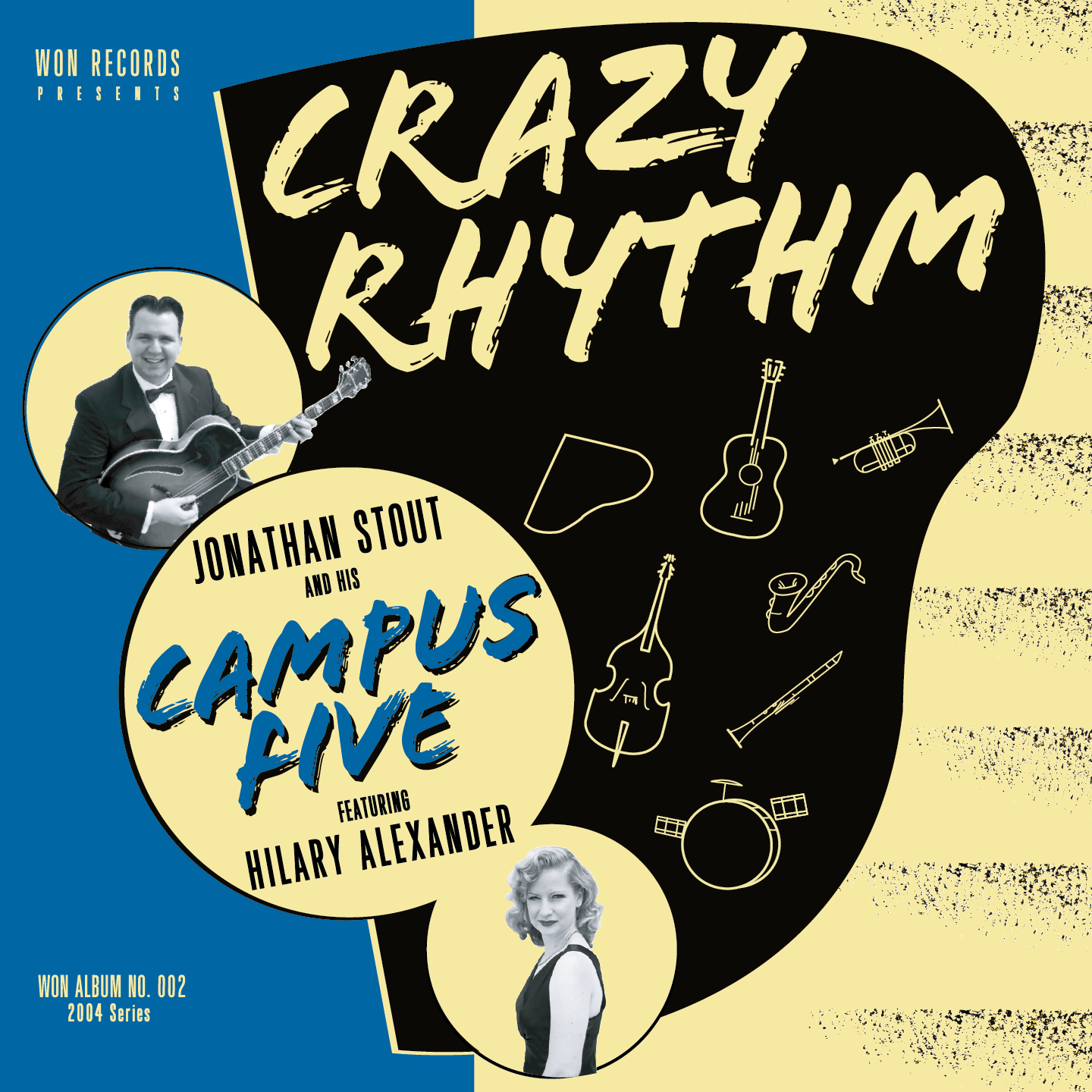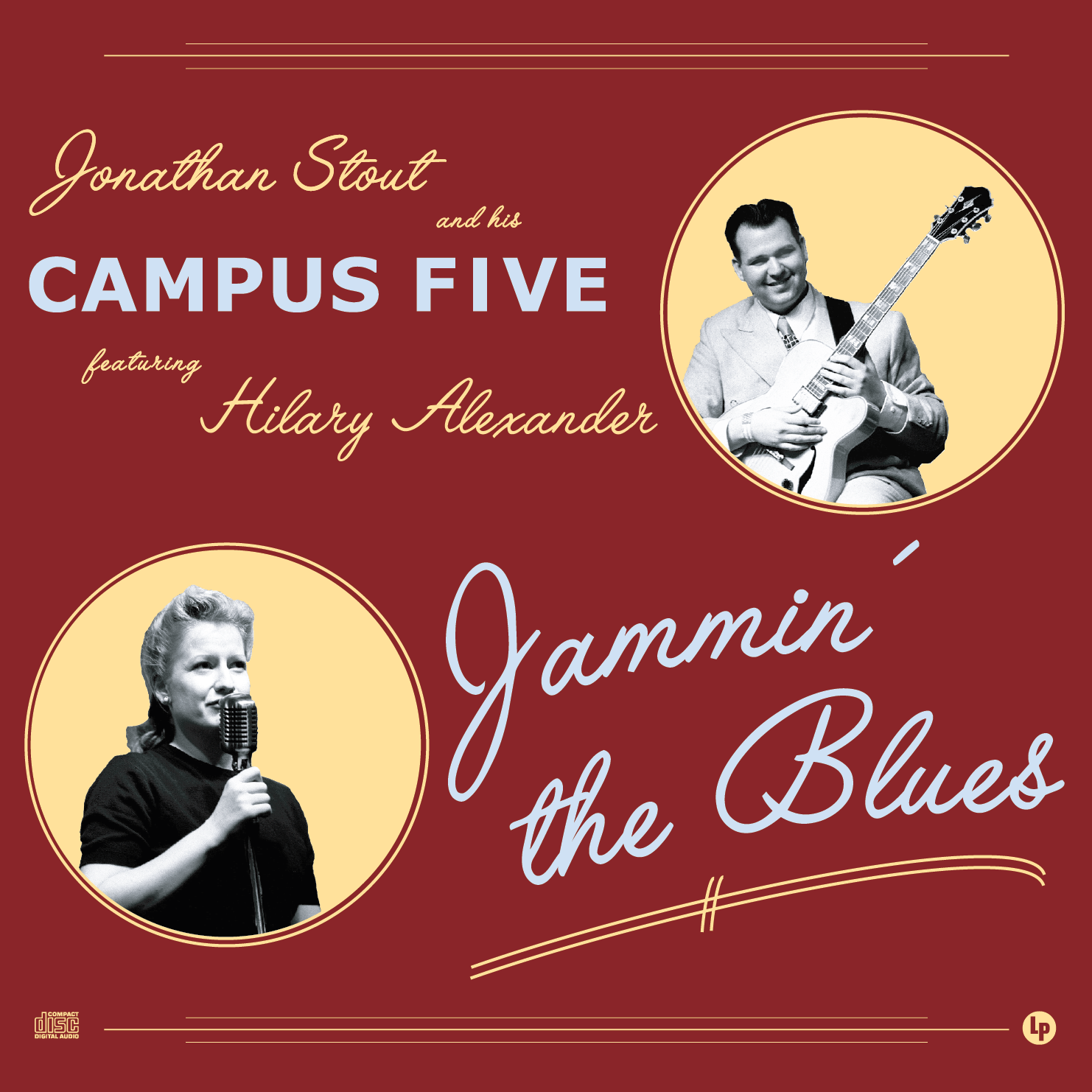If you absolutely must: making electric guitar work for Swing Rhythm
/Electric guitars do not work for Swing Rhythm Guitar.
Let me say that again. Electric guitars DO NOT work for Swing Rhythm Guitar.
Amplified electric guitars have way too much sustain, plus they overamplify bass strings. What you end up with is mud, and not the crispness of an acoustic archtop. That inherent lack of sustain is part and parcel of getting properly short notes. Plus, the overemphasis on bass frequencies makes the possibility of playing too loud almost impossible to avoid.
But sometimes, even for a total rhythm guitar geek like me, you have no choice. Here is the best possible advice I can give for making the best of it.
Making Electric Guitar Work for Swing Rhythm
1. Roll down the volume knob
When playing acoustically, you would generally be hiting the strings fairly hard. Roll the volume knob down so that you can play as hard as you normally would, without being to loud for the band. Basically you want to avoid altering your right hand technique as much as possible, so change up the amount of signal going to the amp.
2. Consider rolling off some of the bass
Depending on the situation, you may not be able to do this but, rolling off some of the bass frequencies of the amp can be helpful. Electric guitars and amps over amplify bass frequencies - it's one of the things that makes electric guitars sound, well, "electric." Since you are trying to ape an acoustic sound as much as possible.
Generally, if I'm stuck playing rhythm on an electric guitar, it's because I'm playing mostly lead guitar all night. In that setting, I wouldn't want to compromise the lead tone, so I just make due.
3. Emphasize the D and G strings, and avoid the low E and A strings
I have in the past emphasized and urged the use of classic three-note Allan Reuss voicings. As I may have mentioned previously, there is something out there called the "one note theory" - which holds that after the Swing-era, Freddie Green leaned heavily on single-note and two-note voicings, on the D and G strings. These evolved from playing standard 3 note voices and leaving out the bass note.
I'm prefer to stick to three-note voicings normally, but switching to two-note voicings is a great workaround for the bass frequency problem.
UPDATE: Here's a simple example of how to change 3-note voicings to 2-note voicings just by leaving out the bass note:








